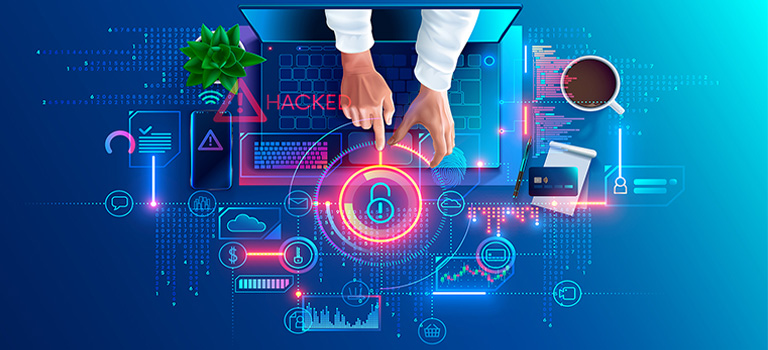When it comes to ransomware attacks, the window to react and remediate these impending attacks is very small. By the time this attack is recognized, it may be too late to spring into damage control mode. Take the WannaCry ransomware attack, for instance—once it was deployed, it took eight hours to develop the kill switch. According to Wikipedia, WannaCry is estimated to have affected more than 200,000 computers across 150 countries, with total damages ranging from hundreds of millions to billions of dollars.
Without getting too much into the details, this article will try to identify strategies to reduce the possibility of a ransomware attack from plaguing your enterprise.
1. Identify Exposed Assets and Secure Them
The first proactive approach to avoid coming face to face with a ransomware attack is to determine any assets that are exposed to the outside world and secure them. It’s important to take into account the potential risks and threats posed to various assets, such as websites, databases, and documents, which are all susceptible to hacking attempts.
Once you identify what’s being exposed, the next step is to connect those assets with security measures, such as patching and timely updates, in order to protect them from exploitation. Lastly, this security exercise is not a one-time task. It’s important to monitor your security measures to identify when things aren’t working properly and make adjustments where necessary.
2. Strengthen Your Corporate Perimeter with Multiple Layers of Security
The need to protect data from attacks and unauthorized access has always been around, but it’s never been more pressing since the onset of the pandemic. As hybrid work becomes even more common in the years to come, one of the main hurdles in this setup will be to recreate the same enterprise-grade security perimeter for workers across various remote locations. This includes firewalls and multi-factor authentication. While firewalls prohibit ransomware from communicating with your network, multi-factor authentication adds an extra layer of security, minimizing the risk of stolen or weak credentials.
3. Recover Compromised Data the Right Way
Let’s assume that ransomware makes its way into your organization. Would you pay the ransom demanded?
Both the FBI and the Cyber Infrastructure Security Agency (CISA) strictly recommend not paying the ransom at any cost since paying ransom carries risk. First, it doesn’t guarantee that your data is still safe and recoverable. Second, paying ransom only encourages ransomware attackers to carry out larger attacks in the future. Third, the U.S. Department of Treasury is exploring options to fine organizations that give in to attackers and pay the ransomware demands. Moreover, failure to disclose a ransomware attack will incur hefty fines with respect to data breach notification laws.
One way of insuring yourself against facing such situations is to invest in strong encryption tools that render your sensitive information useless when accessed by attackers.
4. Proactively Manage and Secure Your Devices Around the Clock
There are many ways that an attacker can get to your data. They can exploit a vulnerability in your application, obtain access to your server, or steal your laptop when you’re on the go. It may sound simple, but the best way to mitigate an attack is to prevent it from happening in the first place.
IT teams have taken a more proactive stance to combat both the management and the security aspects of their end-user devices. One common approach is using a Unified Endpoint Management (UEM) solution to juggle legacy systems and modern management from a single dashboard. From deploying patches and applications to securing your browsers and encrypting your devices, a UEM solution caters to the entire device management life cycle.
See UEM in Action
With ManageEngine’s Desktop Central, you can experience UEM and enterprise security for unlimited devices. Grab your free 30-day trial and get started.
Manish Mandal
Tags: Cybersecurity, Data, Encryption, MFA, Ransomware, Security


